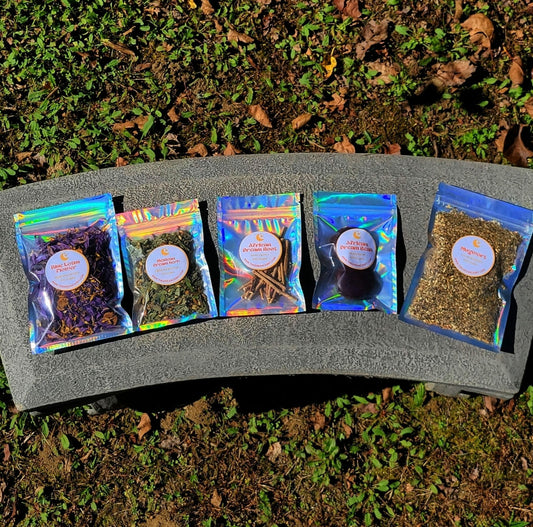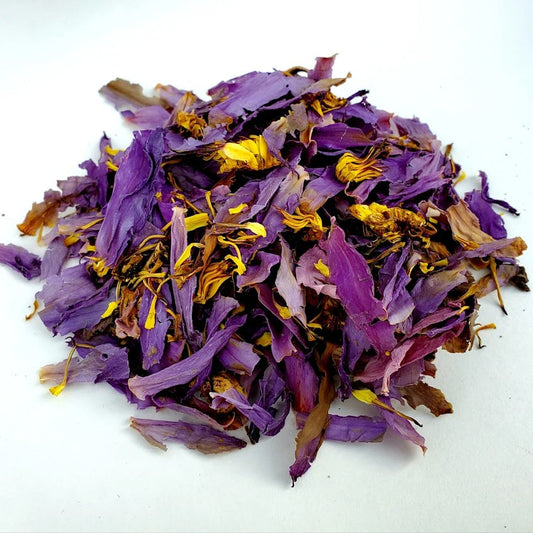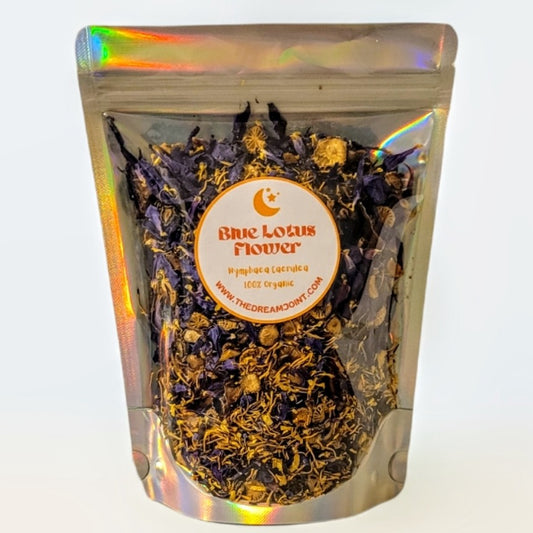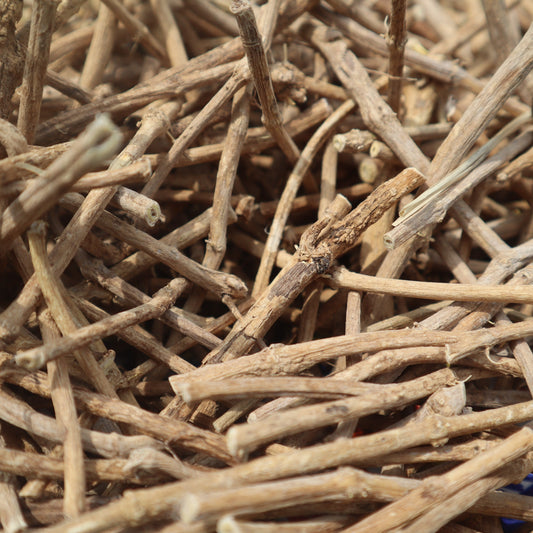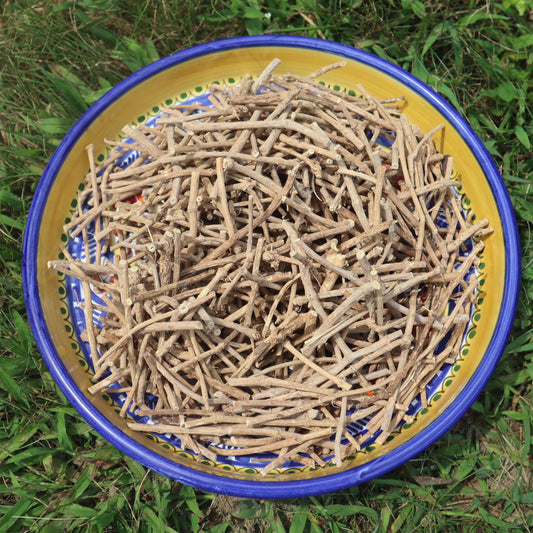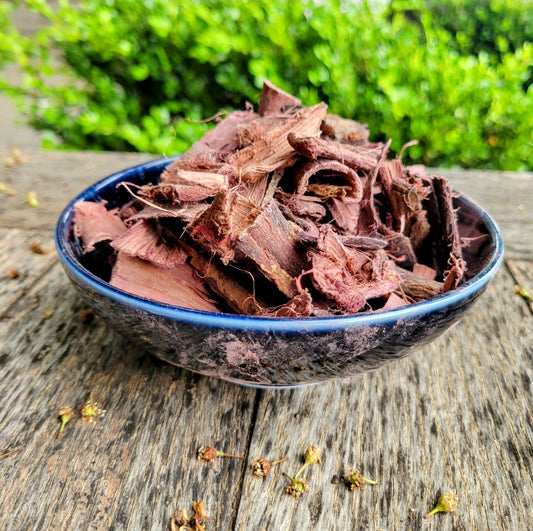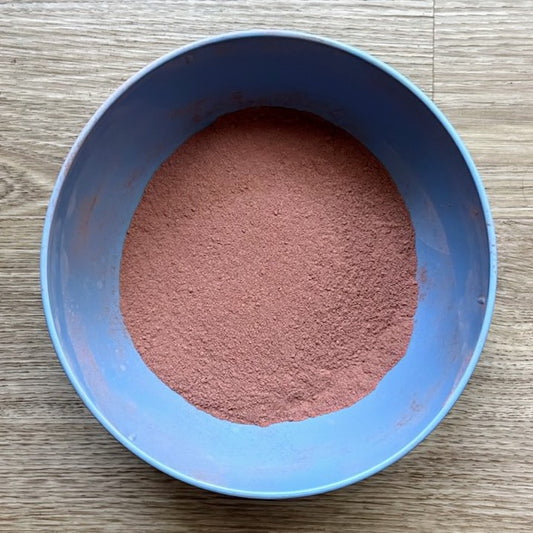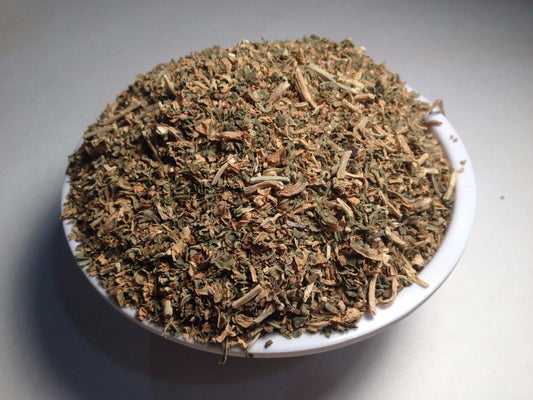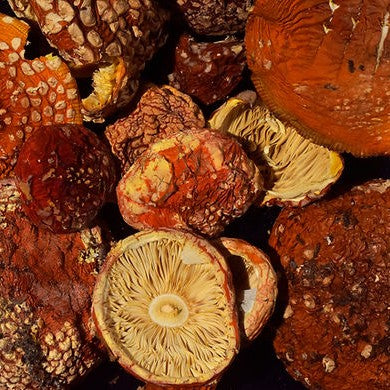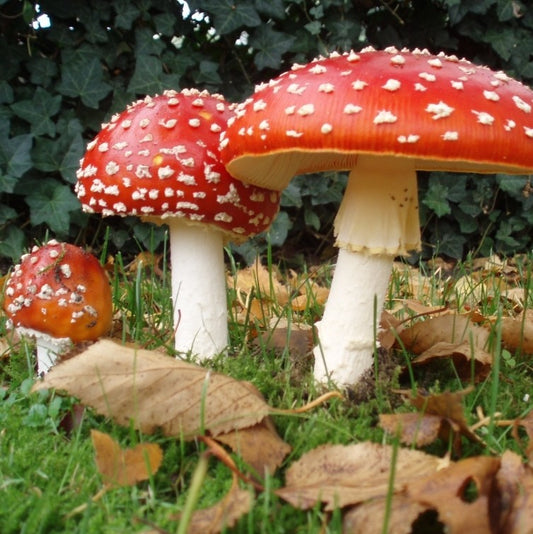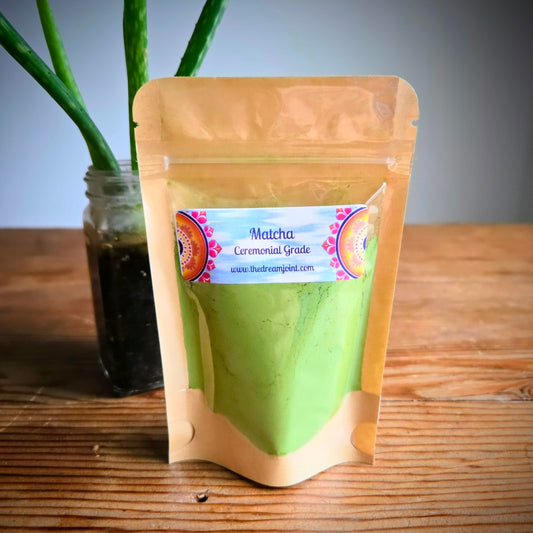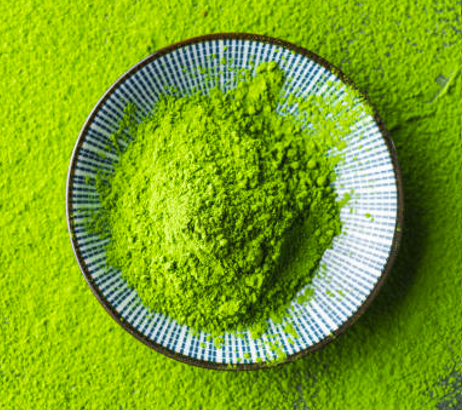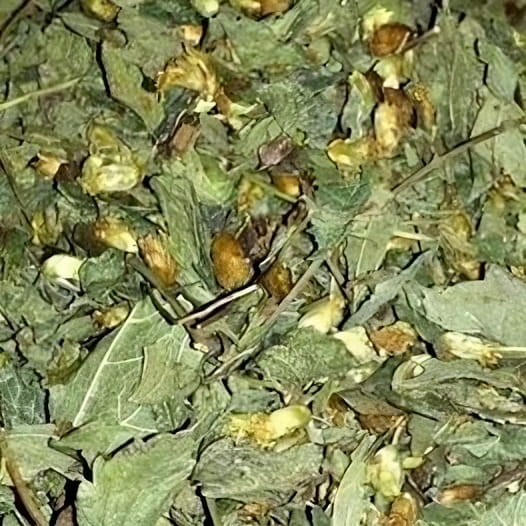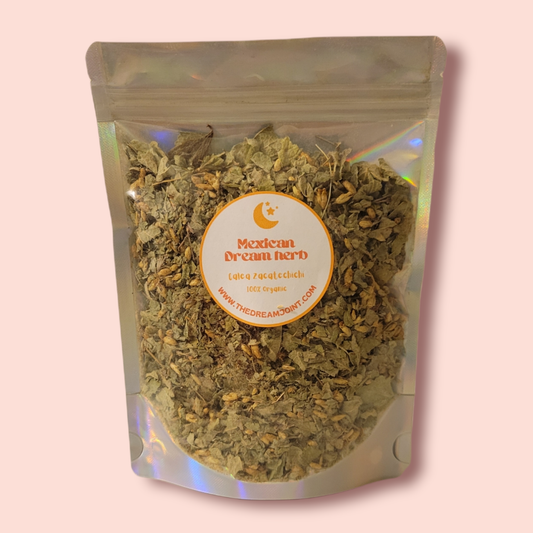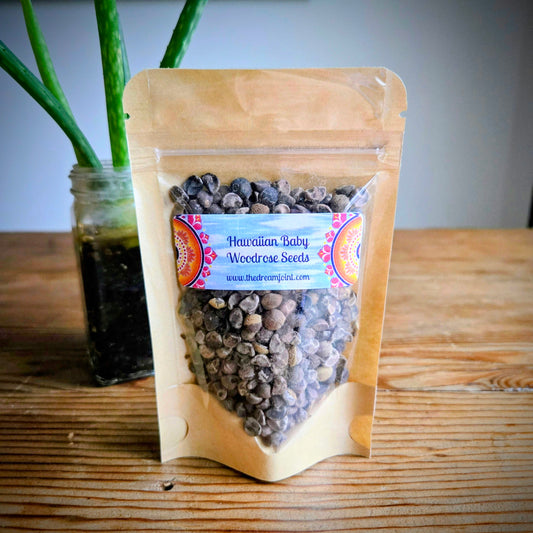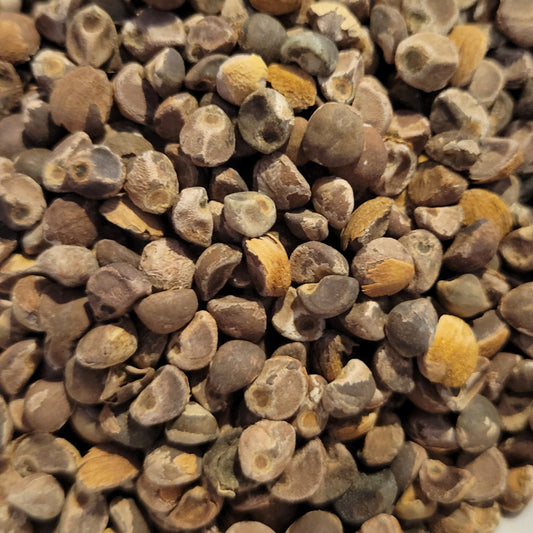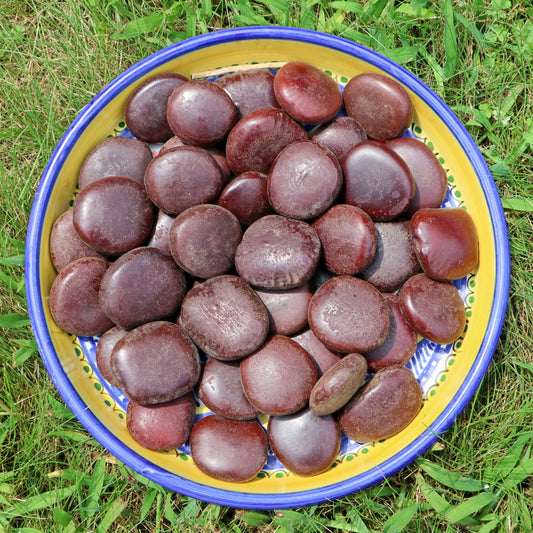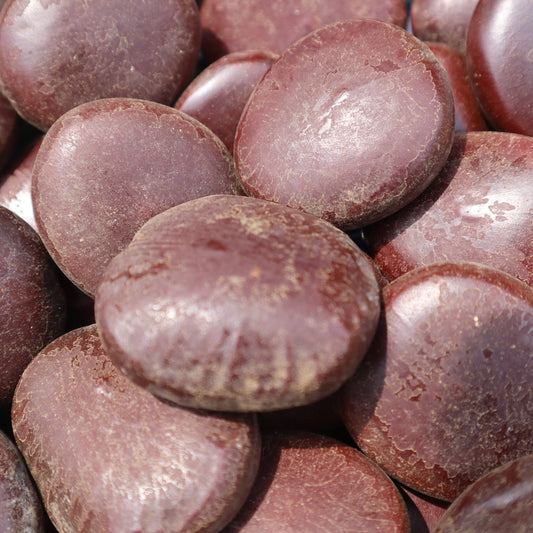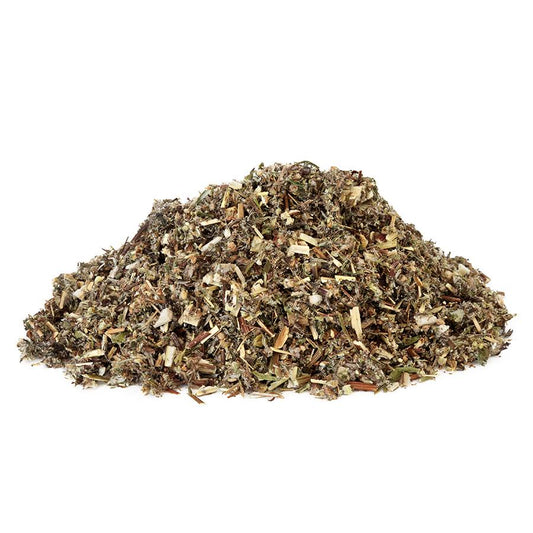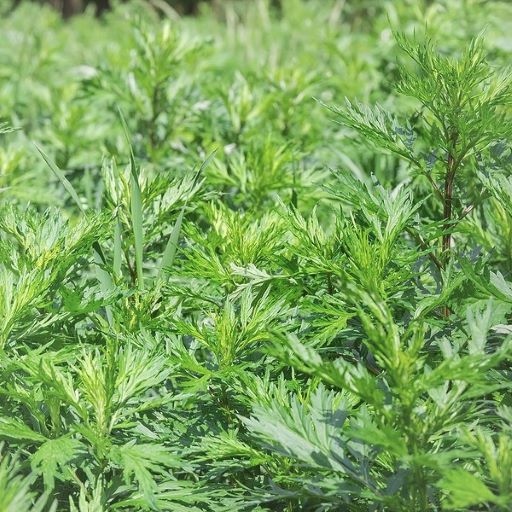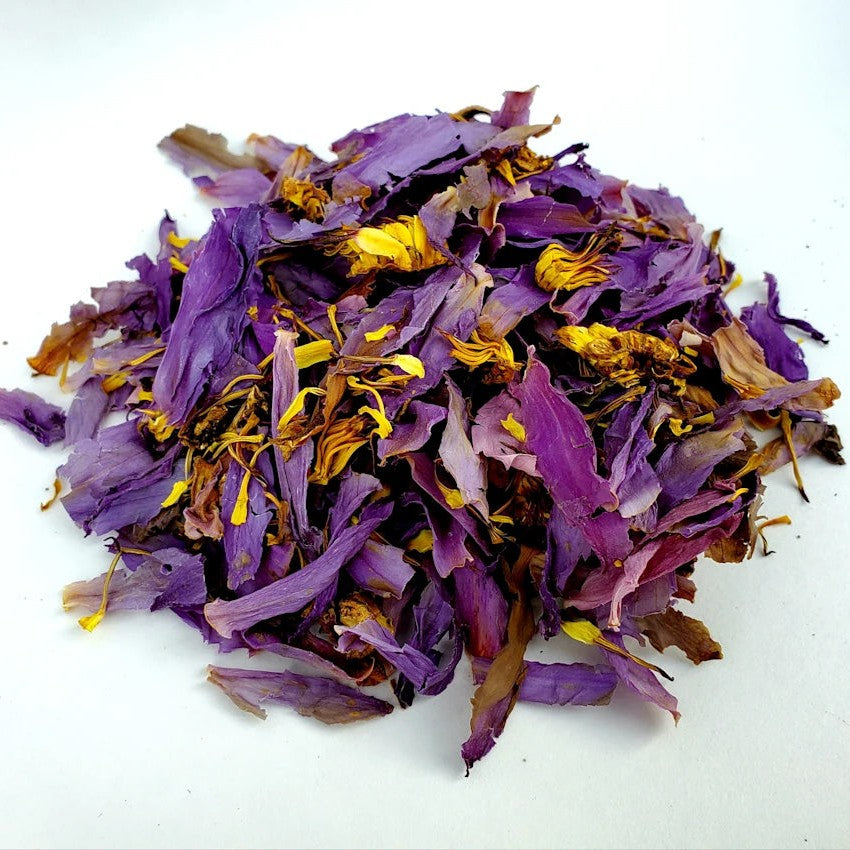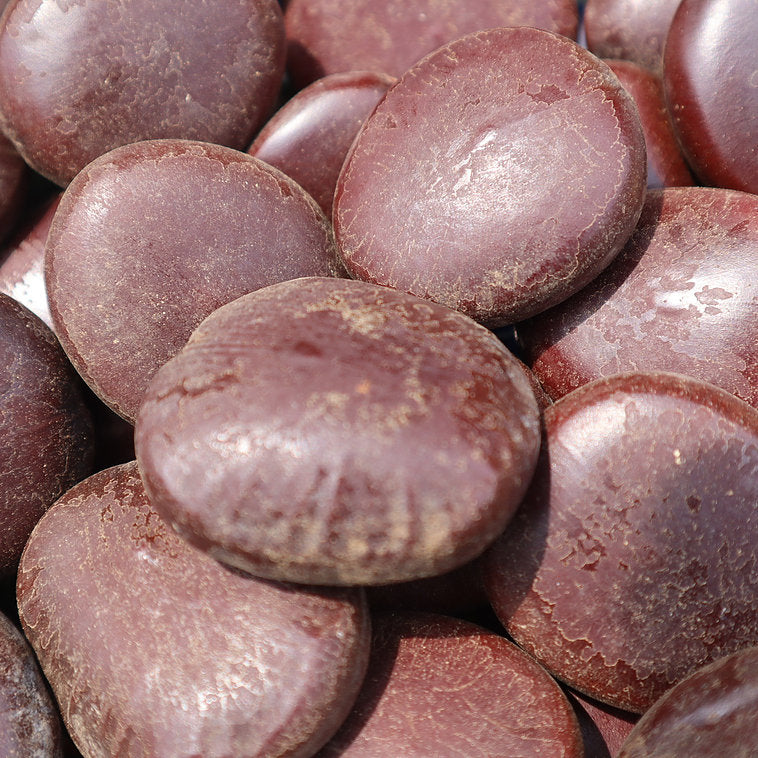
Expand Your Herbal World
We offer the best of nature, with tools that help dream vividness, lucidity, and much more. We pride ourselves on speedy USA shipping, high quality products, and round-the-clock customer support.
Products
-
Complete Dream Herb Sampler Pack
2 reviewsRegular price $45.00 USDRegular priceUnit price / per -
Egyptian Blue Lotus Flower - Dried Dream Herb
4 reviewsRegular price From $5.00 USDRegular priceUnit price / per -
African Dream Root - Silene Capensis
4 reviewsRegular price From $8.00 USDRegular priceUnit price / per -
Botanical Bark - Soap Ingredient
35 reviewsRegular price From $25.00 USDRegular priceUnit price / per -
Dried Cactus Skins | Echinopsis pachanoi
2 reviewsRegular price From $25.00 USDRegular priceUnit price / per -
Kanna - Sceletium tortuosum
1 reviewRegular price From $8.00 USDRegular priceUnit price / per -
Amanita Muscaria Dried Caps
3 reviewsRegular price From $18.00 USDRegular priceUnit price / per -
Matcha | Ceremonial Grade
No reviewsRegular price From $7.00 USDRegular priceUnit price / per -
Mexican Dream Herb - Calea Zacatechichi
1 reviewRegular price From $8.00 USDRegular priceUnit price / per -
Hawaiian Baby Woodrose Seeds
27 reviewsRegular price From $9.99 USDRegular priceUnit price / per -
African Dream Bean - Entada Rheedii
2 reviewsRegular price From $9.00 USDRegular priceUnit price / per -
Mugwort - Dried Dream Herb
2 reviewsRegular price From $10.00 USDRegular priceUnit price / per
Let customers speak for us
from 136 reviewsGives decent and consistent dream enhancement at 0.5g per day.
It's hard to find authentic and organic products of such, but this company is great. Delivery came pretty fast and the seeds are organic and not of the Indian strain. Also a very fair price for the amount. Will definitely buy again from this place
Quality ingredients for all your soaping needs
Definitely active.
I was hesitant at first bc I only used one vendor for MHRB for years to ensure my soap was top quality but having to wait 3 weeks as opposed to 3 days from the dream joint and the quality is absolutely incredible, I'm a live time customer for sure 😃😊
Made my first batch of soap and this bark is just amazing for it. Had two orders so far and both arrived a few days earlier than expected which is amazing. Had a slight problem when ordering but I reached out to their email and they helped me out.
Great product. Super fine power so easy to work with
Package came in four days early, I will try to update review to comment on quality whenever I get a chance to make my soap!
I just placed an order im sure they work tho!
Best Product
I was happy to get my hands on this sacred cactus thanks to the dream joint.
Very impressed with the yield, made more soap than I expected and was very high quality. Im extremely satisfied with the end result and will be a repeat customer for sure
It was very good quality and not bad shipping at all
I am so grateful to have this sacred plant in my reach. Thank you!
This place is doing the work of the Gods. I received an enormous amanita muscaria cap. Honestly, I wasn't planning on framing it but it looks like it deserves its own shrine.
Clinical Research Articles
Psychopharmacologic analysis of an alleged oneirogenic plant: Calea zacatechichi
Calea zacatechichiis a plant used by the Chontal Indians of Mexico to obtain divinatory messages during dreaming. At human doses, organic extracts of the plant produce the EEG and behavioral signs of somnolence and induce light sleep in cats. Large doses elicit salivation, ataxia, retching and occasional vomiting. The effects of the plant upon cingulum discharge frequency were significantly different from hallucinogenic-dissociative drugs (ketamine, quipazine, phencyclidine and SKF-10047). In human healthy volunteers, low doses of the extracts administered in a double-blind design against placebo increased reaction time and time-lapse estimation. A controlled nap sleep study in the same volunteers showed thatCaleaextracts increased the superficial stages of sleep and the number of spontaneous awakenings. The subjective reports of dreams were significantly higher than both placebo and diazepam, indicating an increase in hypnagogic imagery occurring during superficial sleep stages.
Self-perceived effects of lucid dreaming on mental and physical health
Anecdotal evidence that lucid dreaming might contribute to mental and physical health has been widely reported in the literature. Empirical research, though, is scarce. A brief questionnaire eliciting self-perceived benefits of lucid dreaming on mental and physical health had been completed by 386 participants who had lucid dream experiences. About 90% of the participants reported some benefit of lucid dreams on their waking life including mental and physical health. This benefit was related to higher lucid dream frequency, trait mindfulness, and spirituality. These promising results should encourage researchers to develop a manualized lucid dream therapy and test its effect on physical and mental health in a randomized waiting-list pre-post design. Qualitative research can answer questions regarding the specific mechanisms, i.e., how does lucid dreaming contribute to well-being in waking life in the long run.
Chemistry and biology of nuciferine
Nuciferine is an aporphine alkaoid first isolated from Nymphae caerulea. It is the main bioactive ingredient. Additionally, it was also obtained from some other plants. Nuciferine exhibited diverse bioactivities such as anti-hyperlipidemic, anti-obesity, anti-fatty liver, antidiabetic, anti-hyperuricemic, antitumor, anti-inflammatory, antiviral, antioxidant activity, and thus has tremendous potential to be developed into drugs. This overview comprehensively summarized the widespread knowledge regarding to the chemistry and biology of nuciferine including isolation techniques, total synthesis, structural modification and structure-activity relationships, bioactivities, metabolismin vivo, and biosynthesis. Furthermore, an expectation was prospectively made for the future research on nuciferine through a careful analysis of the related literature up to early February 2022 and on the strength of our expertise in chemistry and biology of natural products.
Medicinal uses and biological activities of Argyreia speciosa Sweet (Hawaiian Baby Woodrose) - An Overview
Argyreia speciosaSweet (Family - Convolvulaceae) is an important ‘rasayana’ herb used extensively as an adaptogen in the Ayurvedic system of medicine. It is commonly known as Hawaiian Baby Woodrose, Elephant creeper or Woolly morning glow in English and in Sanskrit, it is called asVridhadarakameaning ‘anti-aging’. It is a large climber growing throughout India. It has been assigned various medicinal properties by Ayurvedic Materia Medica. The root is regarded as an alternative tonic and used in cases of rheumatism and neurological disorders. A wide range of phytochemicals has been isolated from the plant and possesses various traditional and tribal uses for cure of human ailments. Pharmacological activities such as anti-oxidant, anti-inflammatory, anti-rheumatic, immunomodulatory, adaptogenic and hepatoprotective have also been reported. Adverse side effects have made the use of many modern medicines limited and it is worthwhile to explore the possibility of this drug for the treatment of liver, rhueumatic and neurological complaints. This article reviews studies on medicinal uses on this important herb.
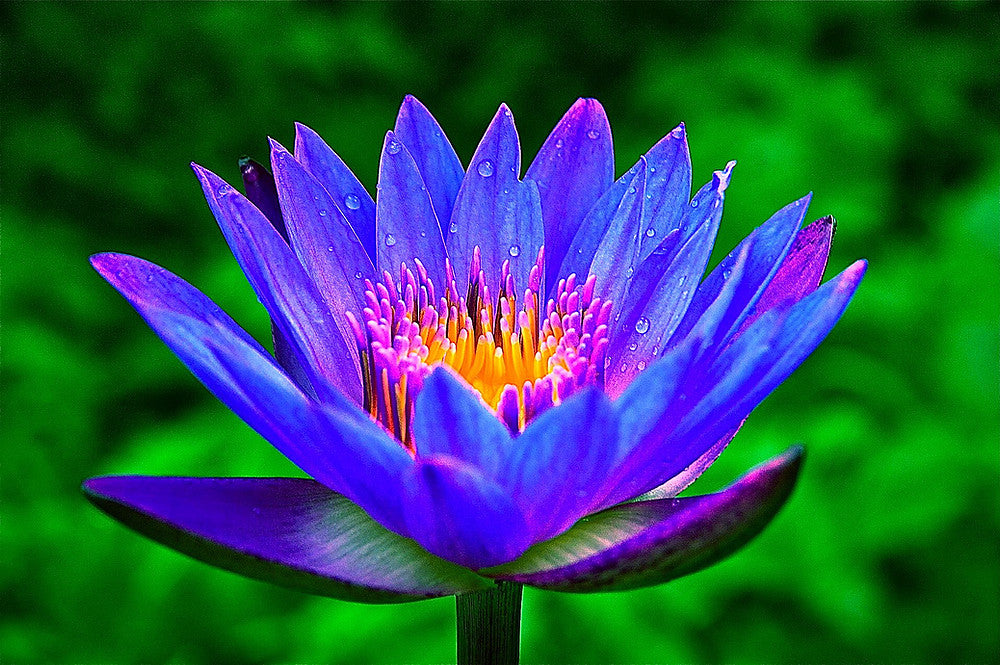
Egyptian Blue Lotus
This sacred lily worshiped by the ancient Egyptians improves dream awareness and vividness, as well as providing subtle euphoria and sensory enhancement.
Subscribe to our emails
Be the first to know about new collections and exclusive offers.
Blog posts
View all-
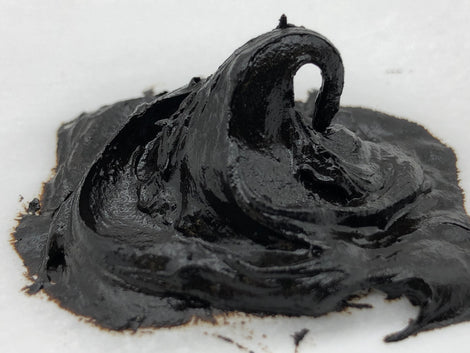
Blue Lotus Flower Resin: A Natural Elixir for M...
The Blue Lotus flower, scientifically known as Nymphaea caerulea, is a captivating aquatic plant that has held a place of reverence in various cultures for centuries. One of its most...
Blue Lotus Flower Resin: A Natural Elixir for M...
The Blue Lotus flower, scientifically known as Nymphaea caerulea, is a captivating aquatic plant that has held a place of reverence in various cultures for centuries. One of its most...
-
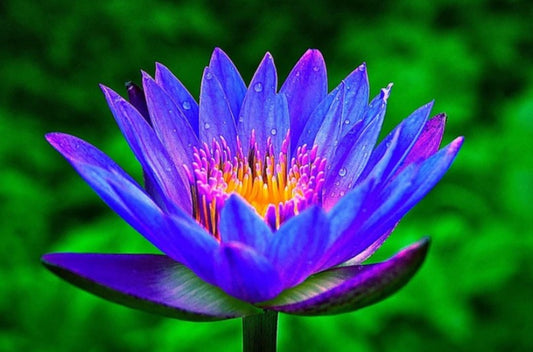
Blue Lotus & Cannabis - The Ultimate Synergisti...
Many people use cannabis, and many know about blue lotus. What may be new to some, however, is the spectacular synergy that arises when both are combined. Blue Lotus...
Blue Lotus & Cannabis - The Ultimate Synergisti...
Many people use cannabis, and many know about blue lotus. What may be new to some, however, is the spectacular synergy that arises when both are combined. Blue Lotus...
-

Jung's "Shadow" and Lucid Dreaming
The shadow (also known as the id or shadow archetype) represents the parts of our identity that we try to disown by shoving to the back of our minds. These...
Jung's "Shadow" and Lucid Dreaming
The shadow (also known as the id or shadow archetype) represents the parts of our identity that we try to disown by shoving to the back of our minds. These...

